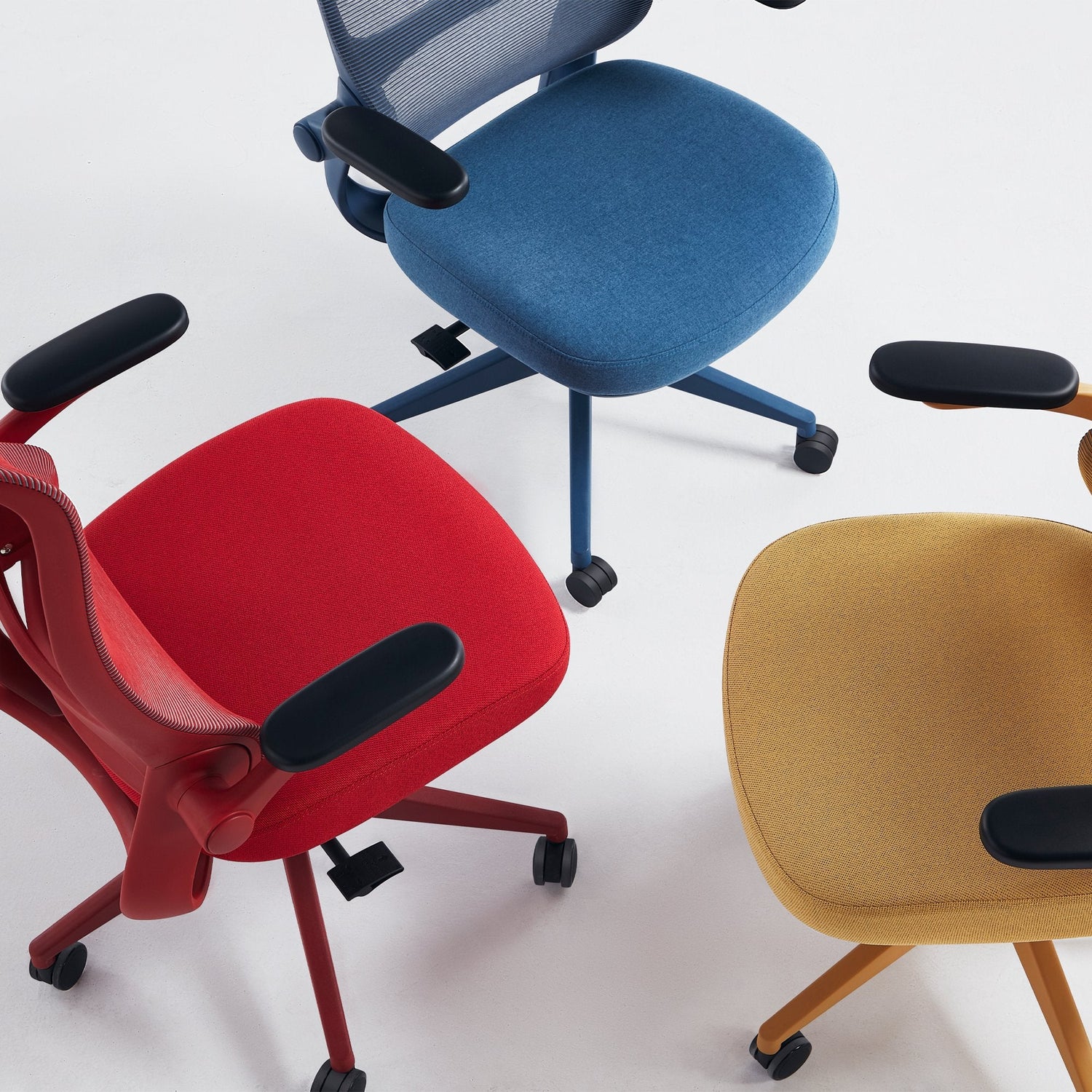Votre panier est vide
Continuer les achatsVous possédez un compte ?
Connectez-vous pour payer plus vite.

All Products
Explore the full range of Sunaofe's ergonomic office furniture, crafted to enhance...
Vous possédez un compte ?
Connectez-vous pour payer plus vite.

Explore the full range of Sunaofe's ergonomic office furniture, crafted to enhance...
30-Day Money Back + Seel Insured
Eco & Ergo! Exclusive Design
Save 10% Now! Code: Sunaofe25
Leather office chairs embody sophistication, ergonomic support, and durability, with high-quality models lasting 10–15 years when properly maintained. However, leather’s natural pores absorb skin oils, dust, and humidity, leading to premature cracking, staining, or odor buildup if neglected. Unlike fabric or mesh, leather material demands specialized care that balances effective cleaning with material preservation. This guide synthesizes professional methods to address daily wear, stubborn headrest oils, and long-term conditioning.
Leather office chairs demand a tiered cleaning approach—balancing prevention, routine care, and deep maintenance—to combat daily wear while preserving structural integrity. Frequency depends on usage intensity and environmental factors.
The skin oils, dust, and particles in the air adhere to the leather’s surface daily. Regularly wipe with a fine microfiber cloth to effectively prevent abrasive particles from depositing in the leather pores, especially in humid climates (e.g., Singapore).
At the end of the month, it is recommended to perform a deep cleaning using a cleaner to remove extra sweat, oils, and stains. The ideal cleaner is a pH-neutral cleaner (e.g., 1 tsp Castile soap + 1 cup distilled water). Apart from the headrest, armrests, seat pan, and footrests are suitable.
Leather’s natural oils deplete over time. Therefore, a water-based conditioner is the best choice to prevent cracking/shrinking (loss of 20% moisture causes rigidity). Please remember to avoid silicone-based products, as they can create a surface film that blocks pores.
Cleaning hair oil from a leather headrest requires gentle but targeted methods to break down oils without damaging the leather. Here’s a step-by-step guide:
For minor oil, you can use vinegar to clean. Vinegar dissolves lipids without damaging leather. Ratio: mix 1 tbsp white vinegar with 2 cups of water. Dampen a cloth and gently wipe the headrest.
For heavy stains, use a leather-specific enzymatic cleaner, which can break down oils without bleaching pigments. Apply foam to a cloth, dab the stain, then rinse. It is essential to remove the cleaner thoroughly; otherwise, the headrest will have a sticky texture and be prone to picking up dust.
Choosing products aligned with leather’s pH (slightly acidic) is non-negotiable. However, it must avoid alkaline soaps, ammonia, or bleach—they strip natural oils.
| Type | Best For | Brands |
| pH-balanced cleaners | Routine monthly cleaning | Lexol Cleaner, TriNova |
| Conditioners | Restoring suppleness | Leather Honey, Chamberlain’s Leather Milk |
| Protectants | UV/shadow guard | Scotchgard Leather Shield |
Be the first to know about new collections and exclusive offers.
